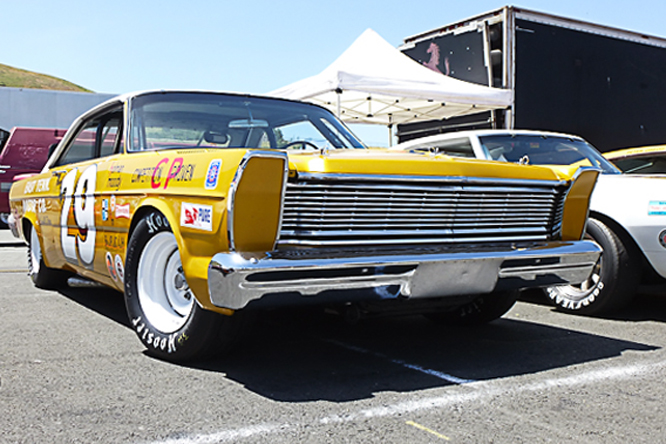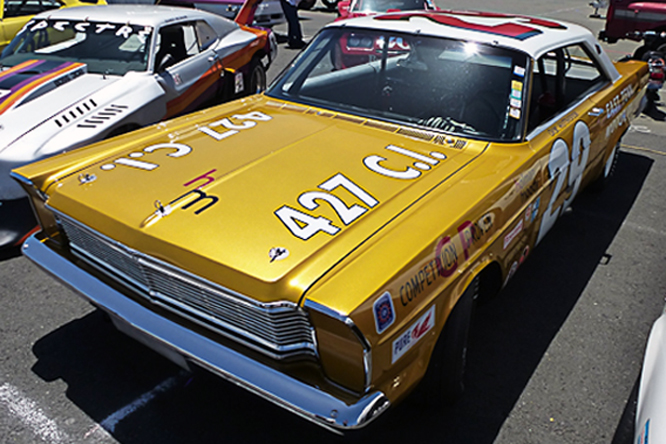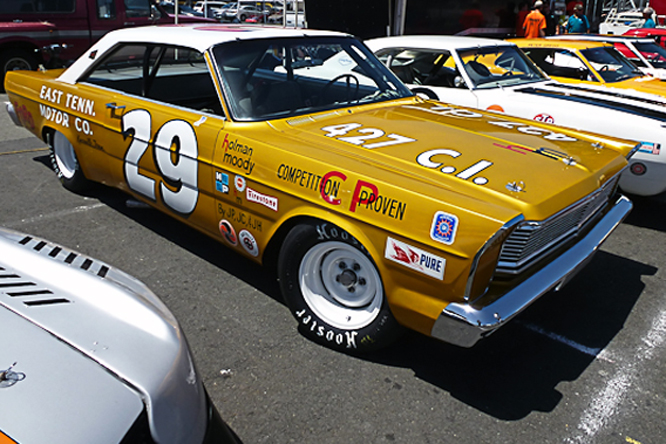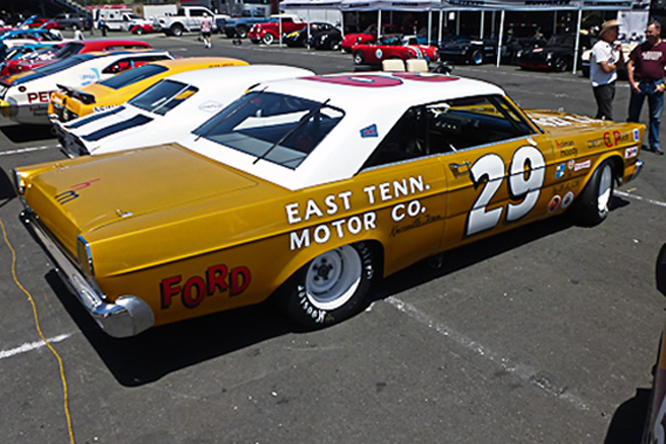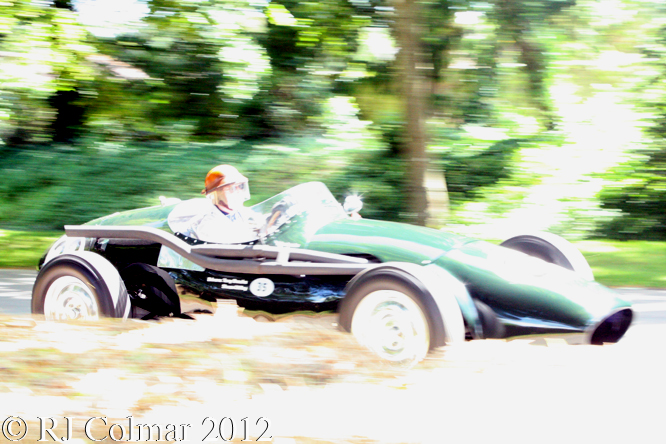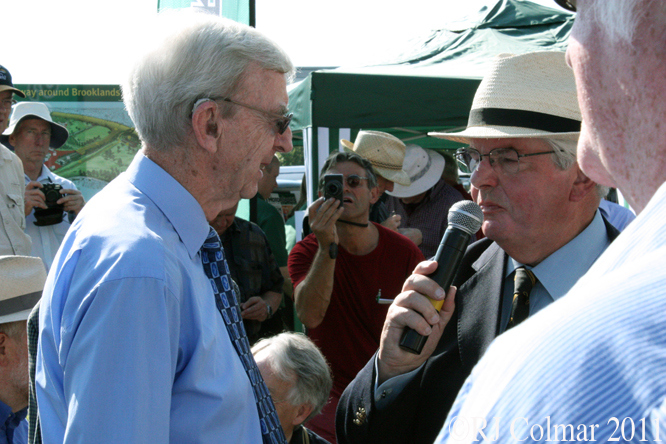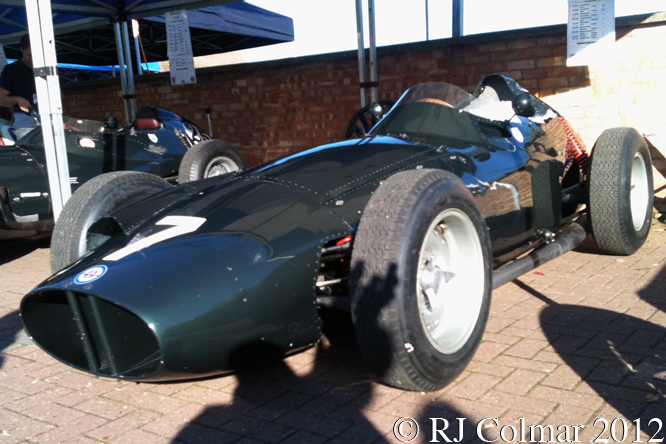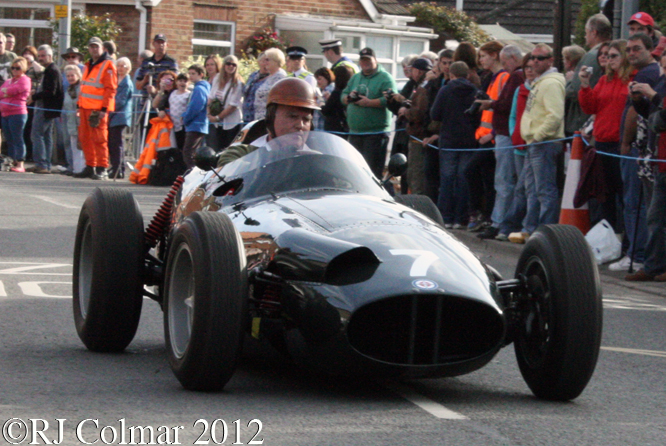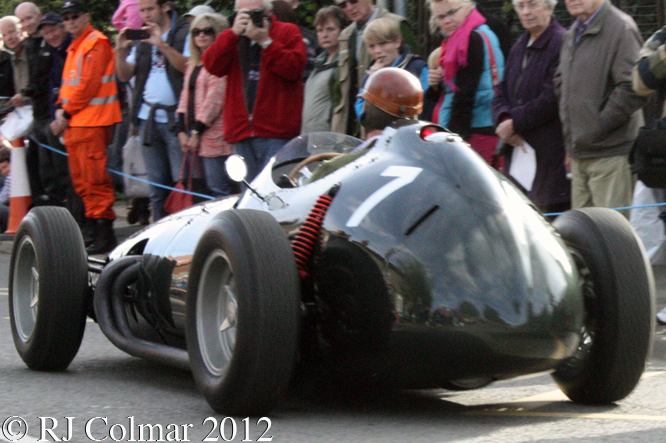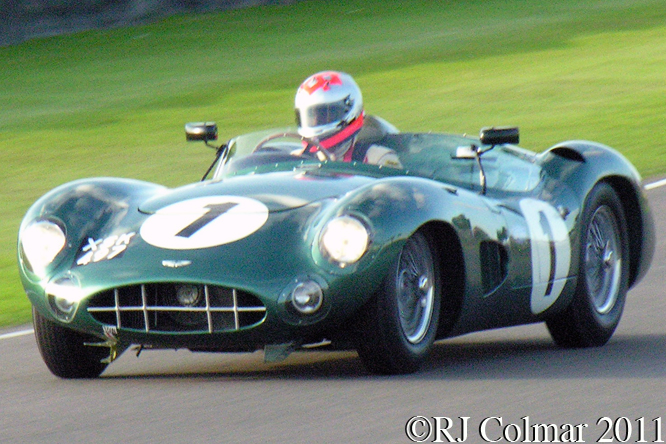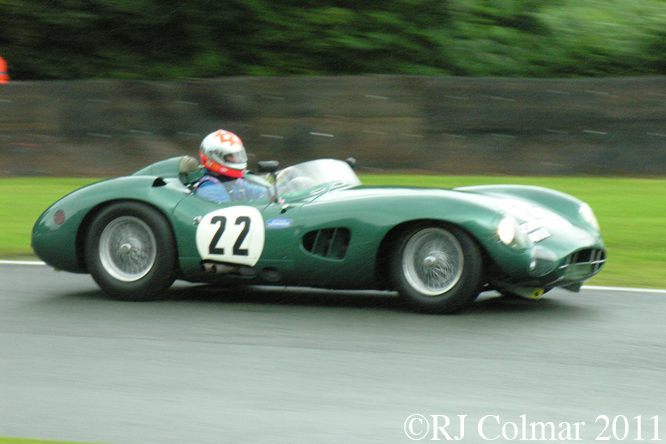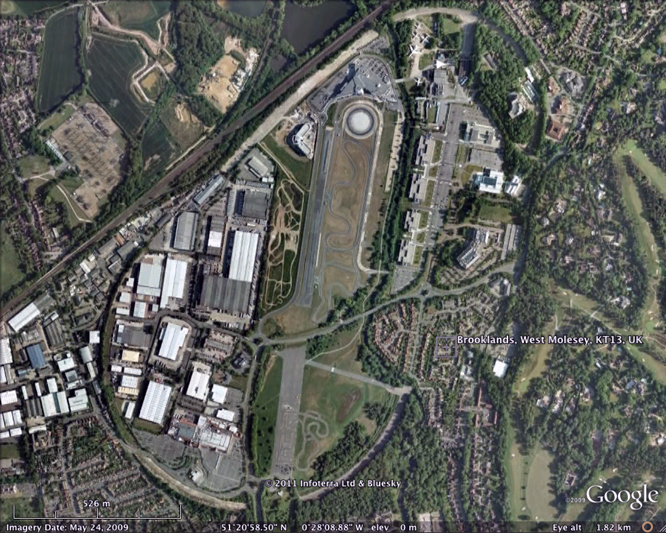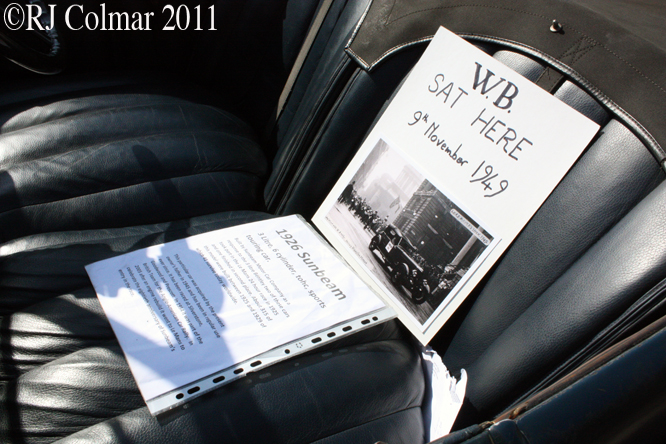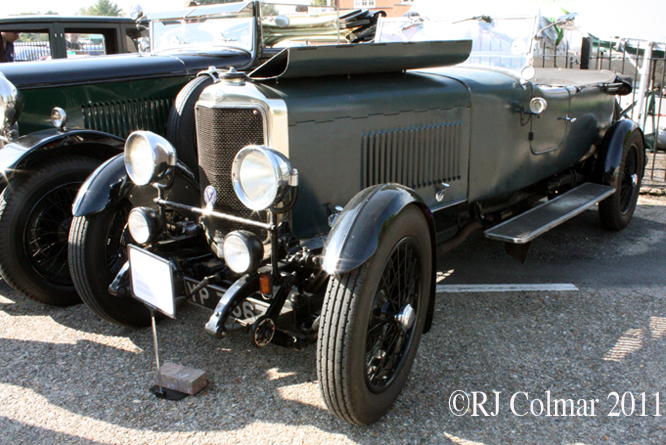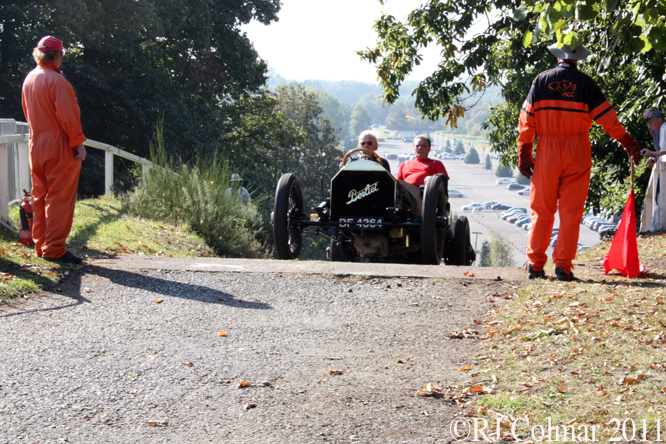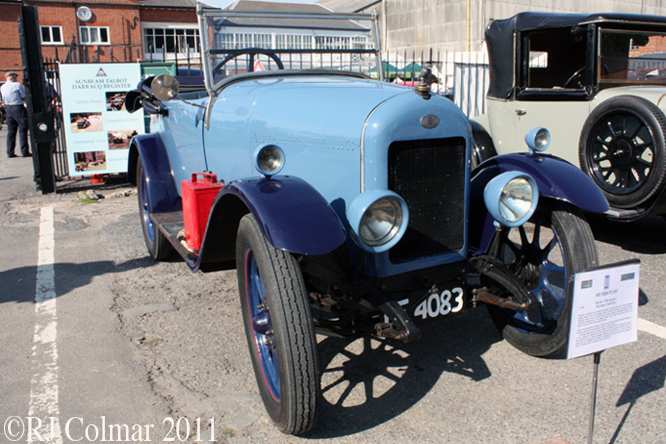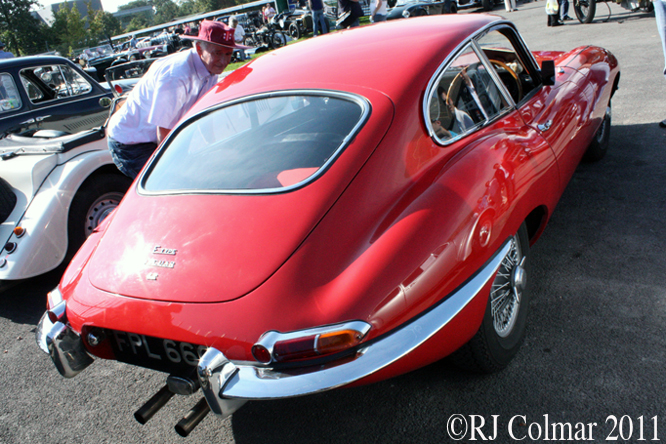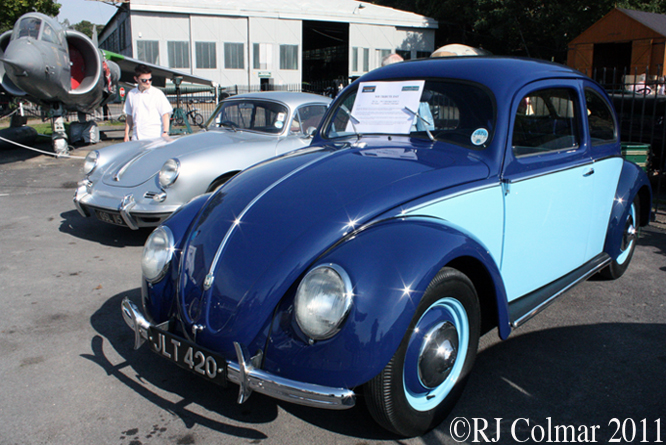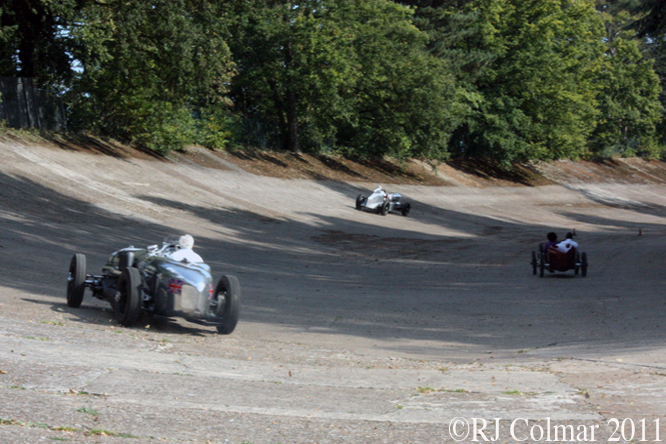Last Saturday saw the 4th action packed Autumn Classic at Castle Combe which saw large numbers of fans entertained with nine races and several demonstrations most notable for this observer of which were a pair of BRM P160’s from 1972 and a 1973 which regaled the Wiltshire countryside with the awesome sound of a couple of unsilenced V12’s.
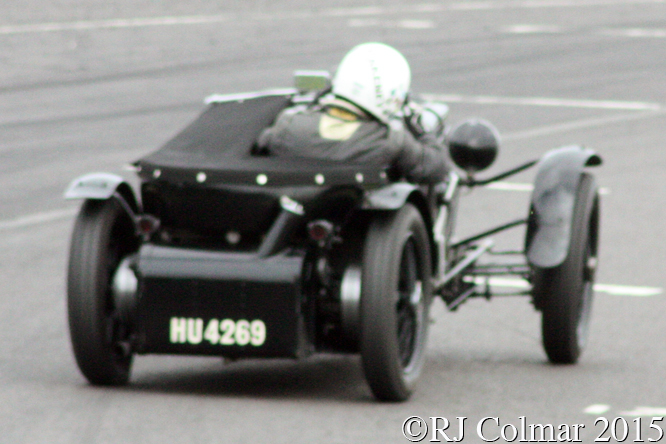
Patrick Blakeney-Edwards had a moderately successful day as a driver, above he is seen scampering away from a delightfully varied field to win the VSCC Sports Car Race aboard his Frazer Nash Super Sports.
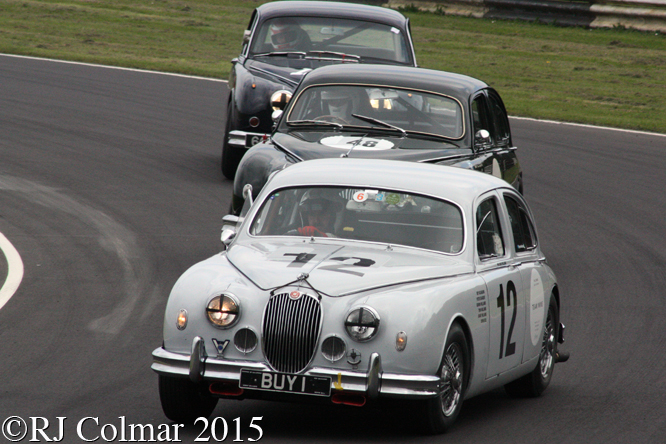
The JEC Norman Dewis Trophy for Pre 66 Jaguars was won by Martin Hunt driving a Blakeney Motorsports prepared E-type Jaguar while one of the most entertaining battles of the day was fought by Grant Williams and Richard Butterfield both in Mk 1 Jaguars and Peter Dorlin in his Mk2 after Andy Wallace also in a Mk2 retired from third at the half way stage, Grant hung on to finish first saloon home in the #12 seen above.
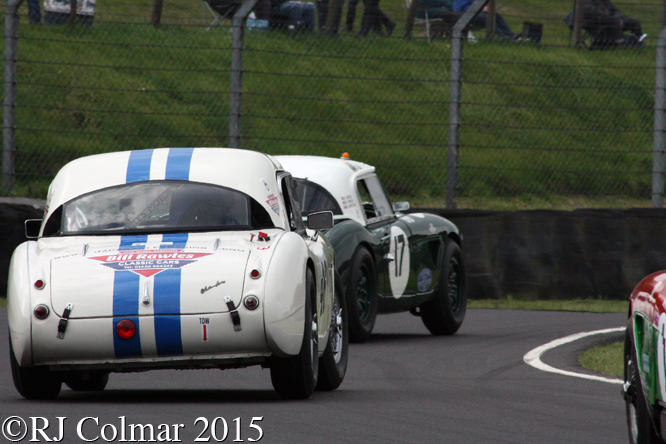
David Grace driving the #17 Austin Healey 3000 Mk1 won the first of the two Healey Driver International Challenge 25th Anniversary races from second on the grid beating pole sitting white and blue #46 driven by Healey Specialists Bill and Jack Rawles by just under 4 seconds.
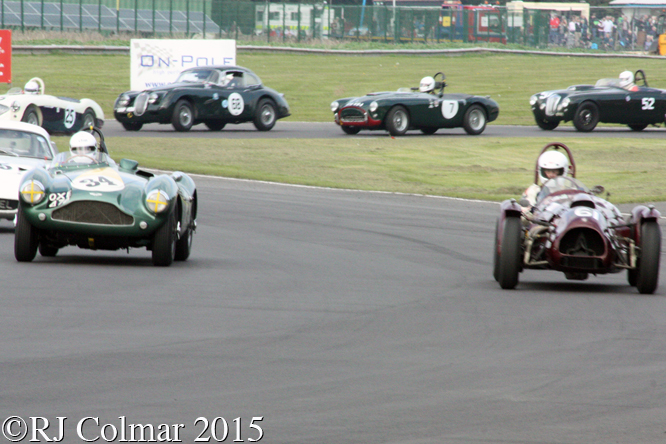
Steve Brooks starting from third on the grid in the #34 Aston Martin DB3S is seen above about to go into the lead on the opening lap of the Fiscar Historic Intermarque race, he looked set for a win until the race had to be called on lap 12, before the compulsory pit stops had cycled through, which meant Stephen Bond in the #95 Lister Bristol starting from 8th on the grid was declared the winner after an accident involving three cars without injury to the drivers blocked the track at Quarry.
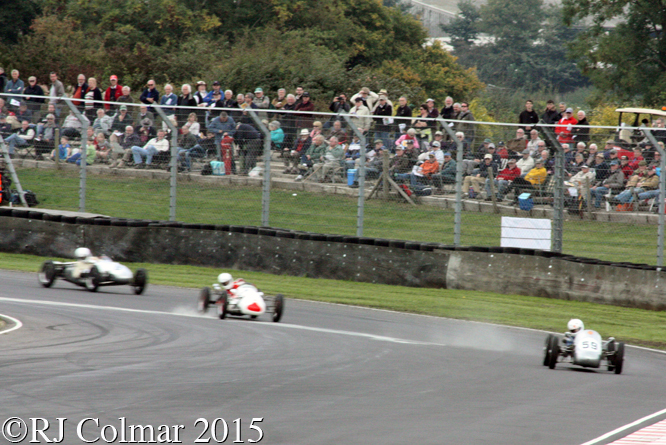
Andrew Turner in the white and red #2 Cooper Mk VI led the opening 8 laps of the BAC Motor Sports Club Challenge for F3 500’s race from 3rd on the grid until he was caught and passed by Xavier Kingsland in the silver Staride Mk 3 two laps from home, pole sitter Darryl Woods in the Cooper Mk XII kept the two race leaders honest and finished 3rd just less than 1 second behind the winner !
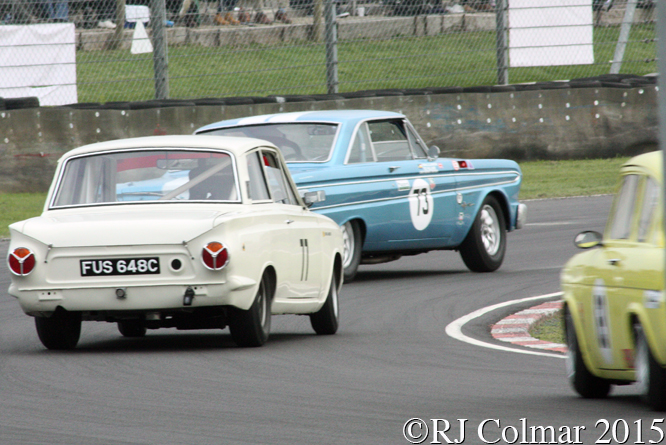
Michael Squire easily won the HSCC/HRSR Historic Touring Cars race from pole driving a flame spitting Ford Mustang, but second place finisher Chris Clarkson had a very busy time keeping eventual third place finisher Chris Saunders in the white #77 Ford Cortina and Bob Bullen in the yellow #69 Ford Anglia behind.
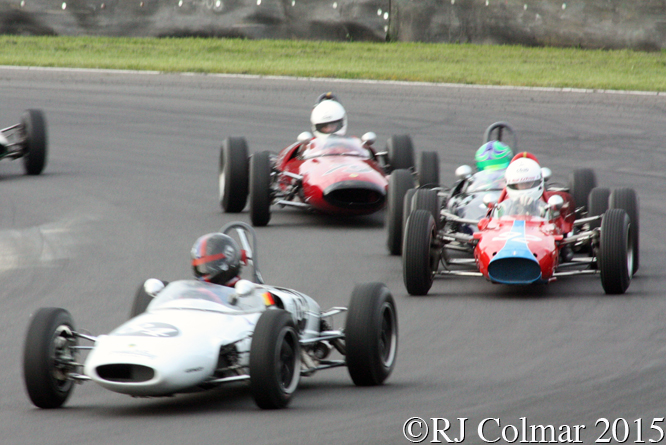
Jack Woodhouse made a great start from 2nd to lead the opening 9 laps of the FJHRA/HSCC Millers Oils Formula Junior race in the white #84 Lotus 20/22 before yielding to the faster #53 Lotus 20/22 driven by 3rd place starter Sam Wilson seen in third place at Quarry above. Sam however tripped up behind a back marker on the final lap to let Jack back into the lead which was just .2 of a second over Sam at the finish line.
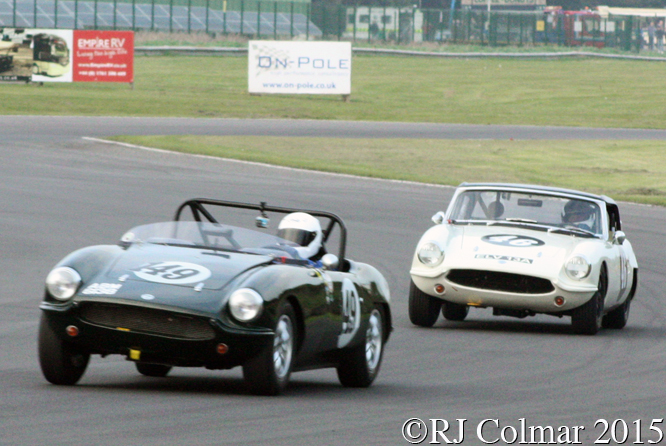
Having been unlucky in the Fiscar Historic Intermarque race Stephen Brooks easily won the Jon Gross Memorial race in his DB3S leaving Sean Kukula and Jonathon Loader to squable over second place in their #149 and #46 Elva Courier Mk4T’s respectively, Sean won the Elva battle which was fittingly once raced by American Jon Goss.
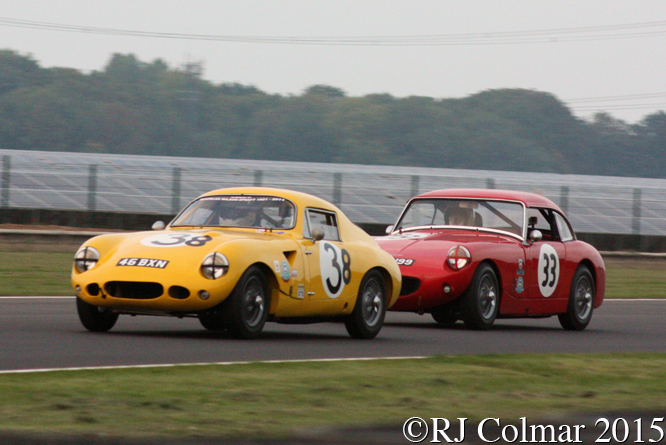
Finally the Healey’s came out for a second race which again provided plenty of thrills with third place starter Marc Campfield making the running for the opening 8 laps until his car ground to a halt which left pole man David Grace to claim a 4.5 second victory over the Healey 3000 shared by 5th place starters Jack and Oliver Chatham, above as in the first race the Healey Sebring of Sprites of Richard Woolmer #38 and Gordon Elwell #33 kept spectators entertained further down the field on their way to 9th and 10th place finishes less than 2 seconds apart.
Thanks for joining me on this “4th Autumn Classic” edition of “Gettin’ a li’l psycho on tyres” I hope you will join me again tomorrow when I’ll be looking at a six cylinder Plymouth. Don’t forget to come back now !


